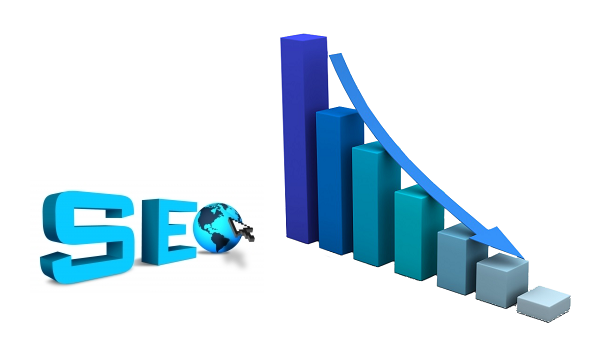Google’s Page Speed Insights tool is a great place to start. Your site’s speed not only affects your search engine ranking but also the user experience. Google’s Page Speed Insights tool is a great place to start when you’re trying to optimize your WordPress site for higher rankings.
The tool will give you a list of things that you can do to improve your site’s performance.
1. Use a CDN
A content delivery network (CDN) is a system of distributed servers that deliver webpages and other web content to users based on their geographic location. Using a CDN can help improve your website’s loading time, as the content is delivered from a server that is closer to the user’s location. This is especially important for users who are located further away from your server’s location.
2. Optimize Your Images
One of the biggest factors that can affect your website’s loading time is the size of your images. Large images can take a long time to load, which can frustrate users and cause them to leave your site. There are a few things that you can do to optimize your images and improve your website’s performance.
– Use a plugin like WP Smush to optimize your images for faster loading times.
– Resize your images before you upload them to your website.
– Use a lazy load plugin to delay the loading of images until they’re visible on the screen.
3. Use Caching Plugins
Caching plugins store a static copy of your website’s pages and posts in the WordPress database. When a user requests a page, the cached version is served instead of loading the entire page from scratch. This can significantly reduce your website’s loading time, as the server doesn’t need to process as many requests.
4. Minimize HTTP Requests
Every time a user visits a page on your website, their browser sends an HTTP request to your server. The more requests that your server has to process; the longer it will take for the page to load. You can reduce the number of HTTP requests by minimizing the number of elements on each page.
– Use a minimal theme that contains only the essential elements.
– Remove unnecessary plugins and add-ons.
– Combine or minify your CSS and JavaScript files.
5. Use a Fast Hosting Provider
Your hosting provider plays a big role in determining your website’s loading time. If you’re using a slow or unreliable hosting provider, no amount of optimization will help improve your website’s performance. Make sure to do your research and choose a reputable hosting provider that offers fast speeds and good uptime.
6. Enable Gzip Compression
Gzip is a form of compression that reduces the size of your website’s files. This can help improve your website’s loading time, as the files will take less time to transfer from the server to the user’s browser. You can enable Gzip compression on your WordPress site by adding the following code to your .htaccess file:
7. Reduce Your Site’s Load Time
There are a number of things that you can do to reduce your website’s load time and improve its performance. By following the tips in this article, you can optimize your WordPress site for higher rankings in Google and give your users a better experience.
8. Use a plugin like WP Smush to optimize your images for faster loading times:
There are a number of plugins available that can help you optimize your images for faster loading times. WP Smush is one such plugin. It automatically optimizes your images as you upload them to your website. This can help reduce the size of your image files and improve your website’s performance.
9. Resize your images before you upload them to your website:
One way to reduce the size of your image files is to resize them before you upload them to your website. You can do this in most image editing software, such as Photoshop or GIMP. Simply open the image file and resize it to a smaller size before saving it.
10. Use a lazy load plugin to delay the loading of images until they’re visible on the screen:
Lazy loading is a technique that delays the loading of images until they’re visible on the screen. This can help improve your website’s performance, as the browser doesn’t need to load all of the images at once. There are a number of lazy load plugins available, such as Lazy Load by WP Rocket.
Conclusion
Improving your WordPress site’s speed can be a daunting task, but its well worth the effort. By following the tips in this article, you can significantly improve your website’s performance and search engine rankings.

